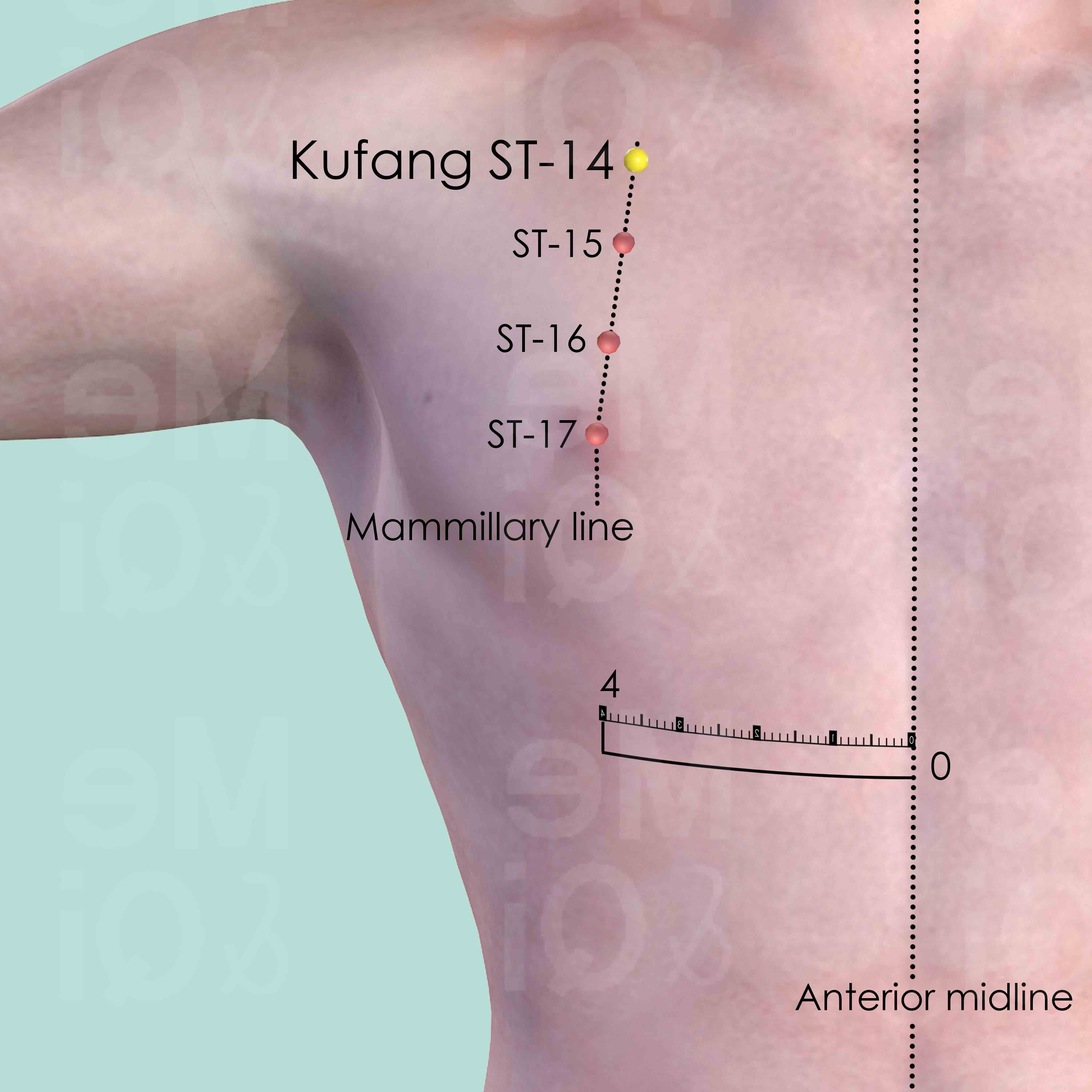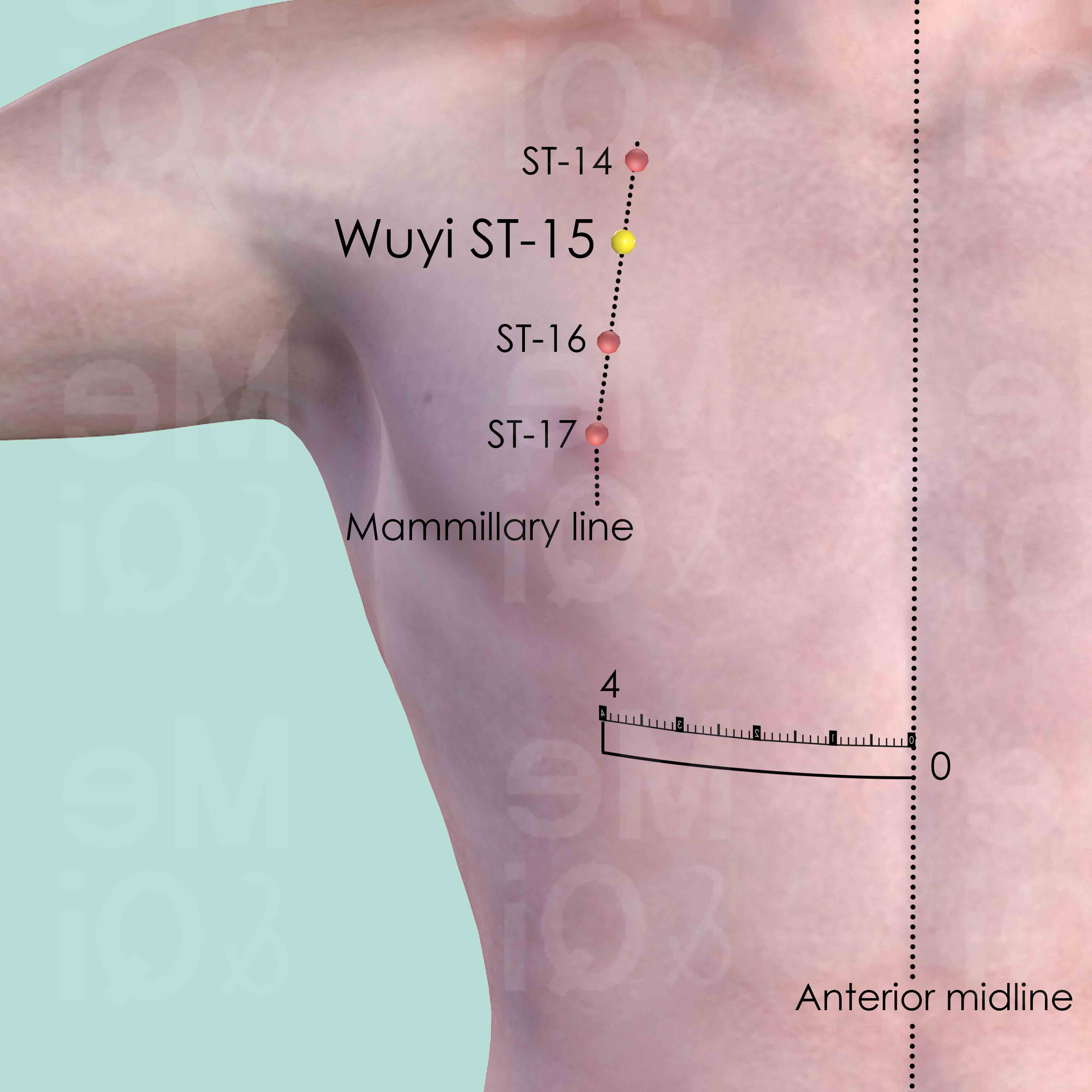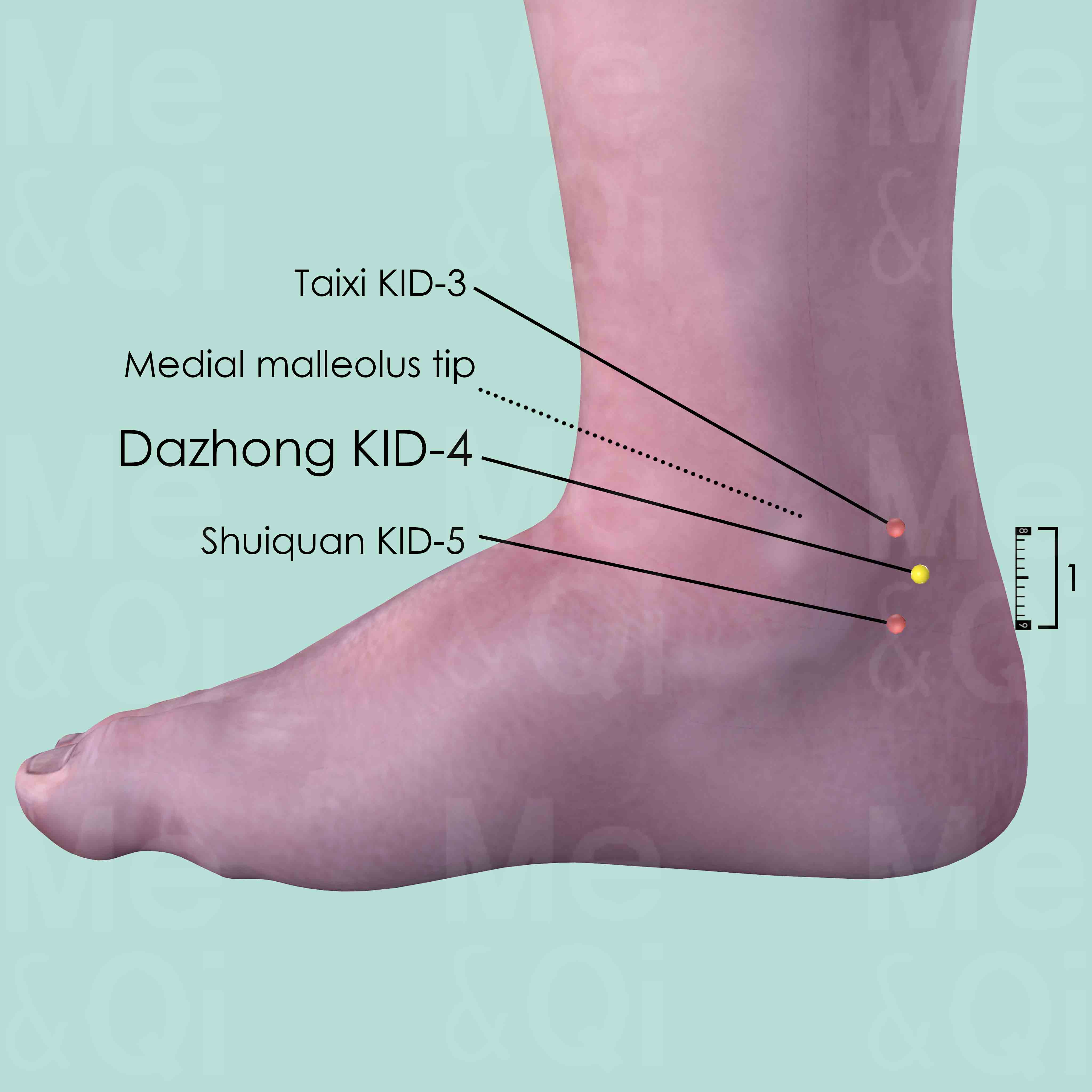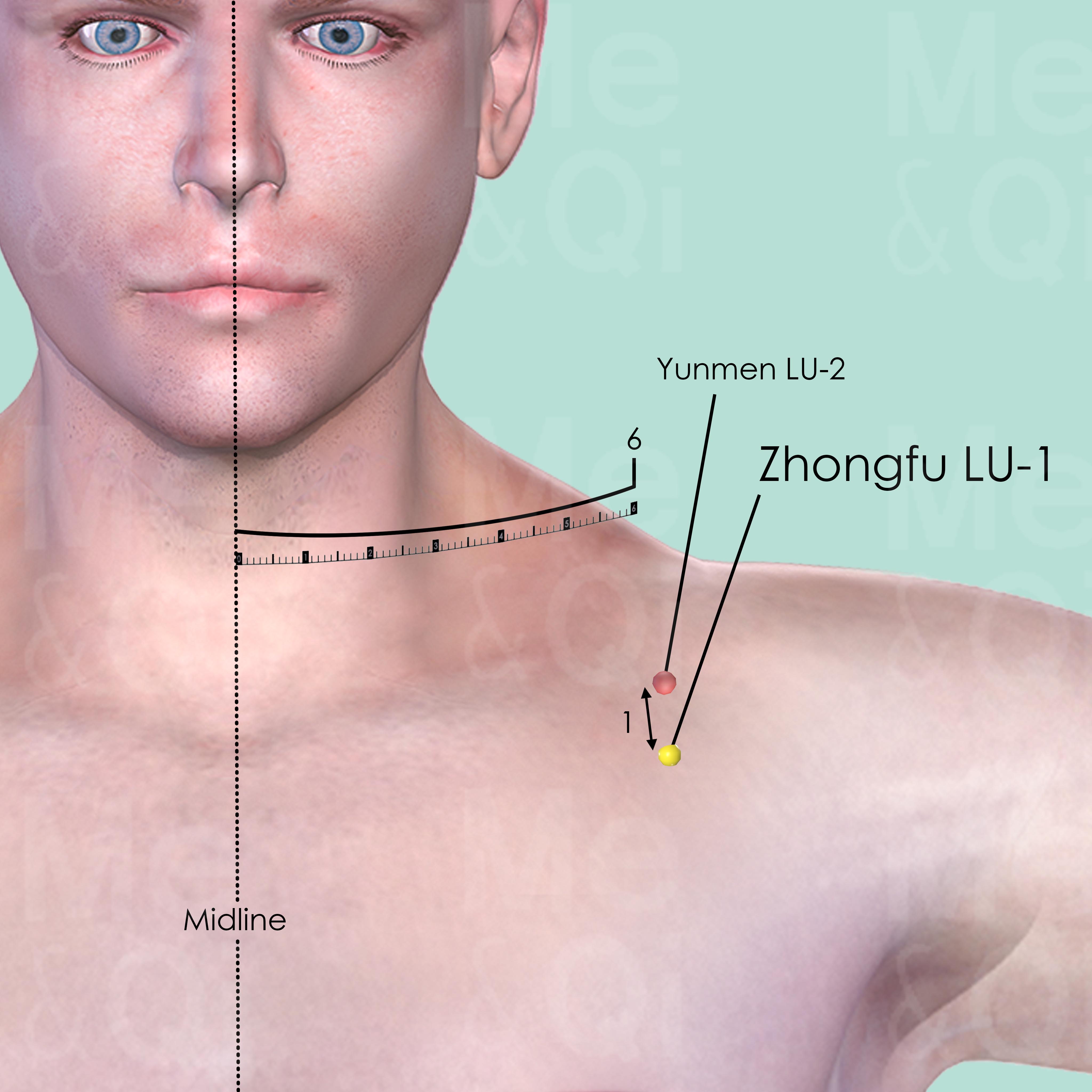Coughing With Blood Streaked Sputumaccording to TCM
Symptom family: Cough Related Symptoms
Parent symptom: Bloody Sputum
Did you mean? Cough With Yellow Or Blood Tinged Sputum
What is Coughing with Blood Streaked Sputum?
Coughing with blood-streaked sputum is a respiratory symptom where an individual expels sputum mixed with blood from the lungs or airways during a cough. This condition often indicates an irritation or minor bleeding in the respiratory tract, but can also signal more serious underlying health issues. It's essential to evaluate this symptom thoroughly to understand its cause and to provide appropriate treatment.
How does TCM view Coughing with Blood Streaked Sputum?
Traditional Chinese Medicine (TCM) approaches coughing with blood-streaked sputum as a manifestation of internal imbalances and disharmonies. TCM practitioners view this condition as a sign of disrupted energy flow or "Qi" and often attribute it to specific patterns like Yin Deficiency or Lung Heat. In TCM, the focus is on identifying the underlying pattern of disharmony to effectively treat the symptom.
Root Causes of Coughing With Blood Streaked Sputum in TCM
In TCM, one common cause of coughing with blood-streaked sputum is the pattern of Empty-Heat or Fire caused by Yin Deficiency. This condition typically presents with symptoms like afternoon heat sensation, night sweats, dry mouth, and a feeling of heat in the palms and soles. The pattern indicate an imbalance in the body's natural energies, with a focus on resolving the Heat and nourishing Yin to restore balance.
Explore below more details about what might cause Coughing with blood streaked sputum according to TCM.
- By Syndrome
- By Organ
- Yin Deficiency
- Heat
- Lung
- Kidney
Yin Deficiency
Yin deficiency in TCM is a pattern of disharmony characterized by a depletion of the body's Yin energy, which represents the cooling, moistening, and nurturing aspects of our physiology. This condition often arises from factors like chronic stress, overwork, insufficient rest, or prolonged illness. Symptoms of Yin deficiency can include a sensation of heat, especially in the afternoon or evening, night sweats, insomnia, a dry mouth or throat, and a red tongue with little coating. There might also be a general feeling of restlessness or irritability. Since Yin is essential for balancing the body's active and warm Yang energy, its deficiency leads to a relative excess of Yang, manifesting as heat or dryness symptoms.... see more
Yin Deficiency Patterns That Can Lead to Coughing With Blood Streaked Sputum
Common Symptoms: Hot Palms And Soles Night Sweats Wheezing Dry Throat Chronic Bronchitis Chronic Pharyngitis Spontaneous Pneumothorax Cor Pulmonale
| Pattern Name | Relevant Symptoms | Relevant Formulas |
|---|---|---|
| Empty-Heat or Fire caused by Yin Deficiency | Coughing with blood-streaked sputum, Afternoon heat sensation, Dry mouth, Preference for sipping, Dry mouth and throat at night, Night sweats, Cardiac burning sensation, Hot palms and soles, Dry stools, Scanty and dark urine, Flushed cheekbones... see more | Qing Hao Bie Jia Tang | Huang Lian E Jiao Tang | Dang Gui Liu Huang Tang | Tian Wang Bu Xin Dan | Suan Zao Ren Tang |
| Lung and Kidney Yin Deficiency with Empty Fire | Coughing with blood-streaked sputum, Wheezing, Dry throat, Hot palms and soles, Night sweats, Chronic bronchitis, Chronic pharyngitis, Spontaneous pneumothorax, Cor pulmonale, Silicosis, Pulmonary tuberculosis... see more | Bai He Gu Jin Tang |
Heat
In TCM "Heat" signifies an excess of Yang energy, leading to an imbalance where heat predominates over the body's cool Yin aspects. This condition is metaphorically akin to an internal over-heating. Symptoms indicative of Heat can include feelings of warmth, fever, sweating, irritability, red face, thirst with a preference for cold drinks, and a rapid pulse. The tongue may appear red with a yellow coating. Unlike the common interpretation of heat in terms of temperature, in TCM, it represents a state of hyperactivity or inflammation in the body.... see more
Heat Patterns That Can Lead to Coughing With Blood Streaked Sputum
Common Symptoms: Hot Palms And Soles Night Sweats Wheezing Dry Throat Chronic Bronchitis Chronic Pharyngitis Spontaneous Pneumothorax Cor Pulmonale
| Pattern Name | Relevant Symptoms | Relevant Formulas |
|---|---|---|
| Empty-Heat or Fire caused by Yin Deficiency | Coughing with blood-streaked sputum, Afternoon heat sensation, Dry mouth, Preference for sipping, Dry mouth and throat at night, Night sweats, Cardiac burning sensation, Hot palms and soles, Dry stools, Scanty and dark urine, Flushed cheekbones... see more | Qing Hao Bie Jia Tang | Huang Lian E Jiao Tang | Dang Gui Liu Huang Tang | Tian Wang Bu Xin Dan | Suan Zao Ren Tang |
| Lung and Kidney Yin Deficiency with Empty Fire | Coughing with blood-streaked sputum, Wheezing, Dry throat, Hot palms and soles, Night sweats, Chronic bronchitis, Chronic pharyngitis, Spontaneous pneumothorax, Cor pulmonale, Silicosis, Pulmonary tuberculosis... see more | Bai He Gu Jin Tang |
Lung
In TCM the Lungs are seen as the organ responsible for controlling Qi and respiration, as well as being a key part of the body's defensive system. They are thought to maintain the balance and flow of air and moisture, and are closely linked to the skin and hair. When the Lungs are imbalanced or malfunctioning in TCM, it can lead to respiratory issues like coughing or asthma, a weakened immune system, dry skin, and emotional disturbances such as sadness or grief. These symptoms are believed to arise from disruptions in the Lungs' ability to regulate Qi and protect the body, highlighting their central role in maintaining overall health and well-being.... see more
Lung Patterns That Can Lead to Coughing With Blood Streaked Sputum
| Pattern Name | Relevant Symptoms | Relevant Formulas |
|---|---|---|
| Lung and Kidney Yin Deficiency with Empty Fire | Coughing with blood-streaked sputum, Wheezing, Dry throat, Hot palms and soles, Night sweats, Chronic bronchitis, Chronic pharyngitis, Spontaneous pneumothorax, Cor pulmonale, Silicosis, Pulmonary tuberculosis... see more | Bai He Gu Jin Tang |
Kidney
In TCM the Kidneys are regarded as the body's most fundamental reservoir of Essence, known as Jing, which influences growth, reproduction, and aging. They are not just organs for filtering blood, but a holistic system governing vital life forces. When the Kidneys malfunction in TCM, it can manifest as a variety of health issues, such as chronic fatigue, reproductive problems, imbalances in fluid metabolism leading to edema or dryness, lower back pain, and a sense of fear or insecurity.... see more
Kidney Patterns That Can Lead to Coughing With Blood Streaked Sputum
| Pattern Name | Relevant Symptoms | Relevant Formulas |
|---|---|---|
| Lung and Kidney Yin Deficiency with Empty Fire | Coughing with blood-streaked sputum, Wheezing, Dry throat, Hot palms and soles, Night sweats, Chronic bronchitis, Chronic pharyngitis, Spontaneous pneumothorax, Cor pulmonale, Silicosis, Pulmonary tuberculosis... see more | Bai He Gu Jin Tang |
TCM Herbal Formulas for Coughing With Blood Streaked Sputum
In treating coughing with blood-streaked sputum, TCM typically recommends formulas that address the underlying patterns of disharmony. For Yin Deficiency leading to Empty-Heat, the Qing Hao Bie Jia Tang formula is often prescribed. This formula includes Softshell Turtle Shells (Bie Jia) and aims to nourish Yin and clear Deficient Heat.
The choice of herbs and formulas in TCM is always tailored to the individual's specific pattern of imbalance, ensuring a holistic and personalized approach to treatment.
Explore below some TCM herbal formulas used to address coughing with blood streaked sputum, organized by cause and by formula type.
- By Cause
- By Formula Type
- Yin Deficiency
- Heat
- Formulas that nourish the heart and calm the mind
- Formulas that clear heat from deficiency
- Formulas that nourish yin and tonify
Top Formula for Yin Deficiency:
Bai He Gu Jin Tang
Suitable for Yin Deficiency patterns that may cause coughing with blood streaked sputum, such as Lung and Kidney Yin Deficiency with Empty Fire
Learn moreAll Formulas Recommended for Coughing With Blood Streaked Sputum Caused by Yin Deficiency
| Formula | Patterns Suitable For |
|---|---|
| Bai He Gu Jin Tang | Lung and Kidney Yin Deficiency with Empty Fire |
| Qing Hao Bie Jia Tang | Empty-Heat or Fire caused by Yin Deficiency |
| Huang Lian E Jiao Tang | Empty-Heat or Fire caused by Yin Deficiency |
| Dang Gui Liu Huang Tang | Empty-Heat or Fire caused by Yin Deficiency |
| Tian Wang Bu Xin Dan | Empty-Heat or Fire caused by Yin Deficiency |
| Suan Zao Ren Tang | Empty-Heat or Fire caused by Yin Deficiency |
Top Formula for Heat:
Bai He Gu Jin Tang
Suitable for Heat patterns that may cause coughing with blood streaked sputum, such as Lung and Kidney Yin Deficiency with Empty Fire
Learn moreAll Formulas Recommended for Coughing With Blood Streaked Sputum Caused by Heat
| Formula | Patterns Suitable For |
|---|---|
| Bai He Gu Jin Tang | Lung and Kidney Yin Deficiency with Empty Fire |
| Qing Hao Bie Jia Tang | Empty-Heat or Fire caused by Yin Deficiency |
| Huang Lian E Jiao Tang | Empty-Heat or Fire caused by Yin Deficiency |
| Dang Gui Liu Huang Tang | Empty-Heat or Fire caused by Yin Deficiency |
| Tian Wang Bu Xin Dan | Empty-Heat or Fire caused by Yin Deficiency |
| Suan Zao Ren Tang | Empty-Heat or Fire caused by Yin Deficiency |
Formulas that nourish the Heart and calm the Mind
These formulas are suitable for some coughing with blood streaked sputum-causing patterns like Empty-Heat or Fire caused by Yin Deficiency.
One such formula is Huang Lian E Jiao Tang, with goldthread rhizome as a key herb.
Other formulas of this category are listed in the table below.
All "formulas that nourish the heart and calm the mind" recommended for coughing with blood streaked sputum
| Formula | Patterns Suitable For (if applicable) |
|---|---|
| Huang Lian E Jiao Tang | Empty-Heat or Fire caused by Yin Deficiency |
| Tian Wang Bu Xin Dan | Empty-Heat or Fire caused by Yin Deficiency |
| Suan Zao Ren Tang | Empty-Heat or Fire caused by Yin Deficiency |
Formulas that clear Heat from Deficiency
These formulas are suitable for some coughing with blood streaked sputum-causing patterns like Empty-Heat or Fire caused by Yin Deficiency.
One such formula is Qing Hao Bie Jia Tang, with softshell turtle shell as a key herb.
Other formulas of this category are listed in the table below.
All "formulas that clear heat from deficiency" recommended for coughing with blood streaked sputum
| Formula | Patterns Suitable For (if applicable) |
|---|---|
| Qing Hao Bie Jia Tang | Empty-Heat or Fire caused by Yin Deficiency |
| Dang Gui Liu Huang Tang | Empty-Heat or Fire caused by Yin Deficiency |
Formulas that nourish Yin and tonify
These formulas are suitable for some coughing with blood streaked sputum-causing patterns like Lung and Kidney Yin Deficiency with Empty Fire.
One such formula is Bai He Gu Jin Tang, with lily bulb as a key herb.
Acupoints for Coughing With Blood Streaked Sputum
TCM also utilizes acupressure and acupuncture points to treat coughing with blood-streaked sputum. Points like Kufang ST-14 and Wuyi ST-15 on the Stomach Channel are used to descend the Rebellious Qi and open the chest. In the Kidney Channel, Dazhong KID-4 is used to strengthen the Kidney's receiving of Qi and calm the Mind.
Lastly, Zhongfu LU-1 in the Lung Channel is essential for promoting the descent of Lung Qi and stopping cough. These points are selected based on their specific actions that correlate with the individual's TCM diagnosis.
Explore below some acupoints used to address coughing with blood streaked sputum, organized by meridian.
- By Meridian
- Stomach Channel
- Kidney Channel
- Lung Channel

Kufang ST-14
In the 1st intercostal space, on the mammillary line, 4 cun lateral to the anterior midline.

Wuyi ST-15
In the 2nd intercostal space, on the mammillary line, 4 cun lateral to the anterior midline.

Dazhong KID-4
Posterior and inferior to the medial malleolus, in the depression medial to the Achilles tendon, superior to its insertion at the calcaneus.

Zhongfu LU-1
On the lateral aspect of the chest, in the 1st intercostal space, 6 cun lateral to the midline, 1 cun inferior to Yunmen LU-2. Below the acromial extremity of the clavicle, slightly medial to the lower border of the coracoid process.
